Posted by Maris on 17th Jun 2024
10 Amazing Facts About Urquhart Castle On Loch Ness
When visiting Loch Ness, make sure to see Urquhart Castle, one of Scotland's most historic locations. We just visited this magnificent fortification and saw firsthand its effect on the Highlands of Scotland. Come along as we present the most interesting information about Urquhart Castle as well as our personal travel advice.
URQUHART CASTLE'S RUINS
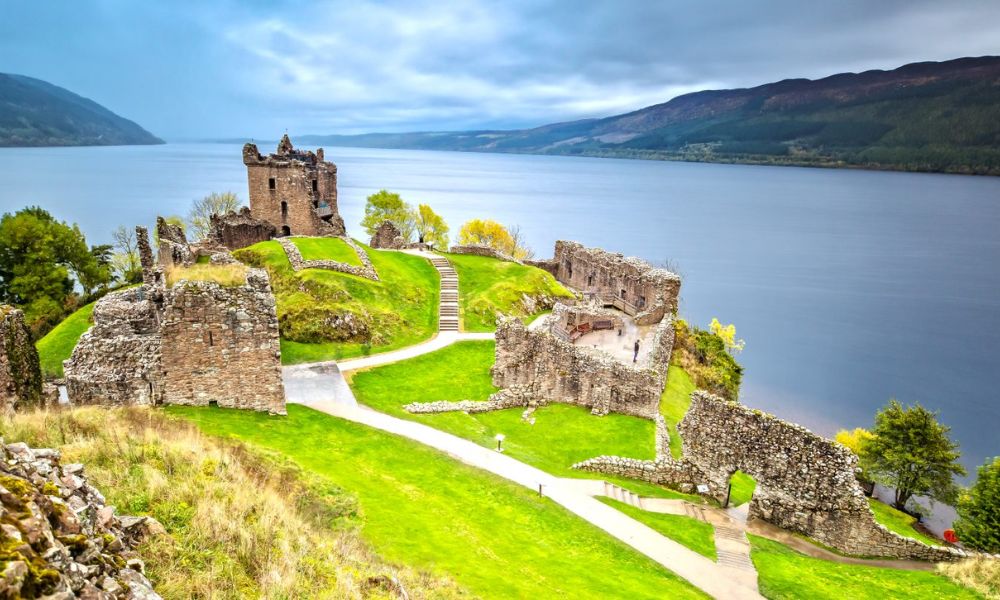
The first thing you should be aware of concerning Urquhart Castle is that it is in ruins. At the end of the 17th century, Urquhart was abandoned, in contrast to certain other castles in Scotland that have been restored or preserved over time.
But don't worry! The Loch Ness Castle still has a ton to see. A large portion of the curtain wall is still intact, and the grounds are dotted with educational signs that depict the history and include photos. You will occasionally have to close your eyes and imagine what it must have been like hundreds of years ago.
THE INDEPENDENCE WARS
Although we briefly discussed it in our history lesson, it's crucial to realize how crucial this fortress was to the Scottish Independence Wars. In 1296, King Edward of England would seize it, but the Scots would retake it ten years later.
It would be the only stronghold in the Highlands to repel the English in the early 14th century, following the death of the famed Scottish King Robert the Bruce. But as you'll see, the battles would only drag on for generations afterward.

Castle Gatehouse URQUHART
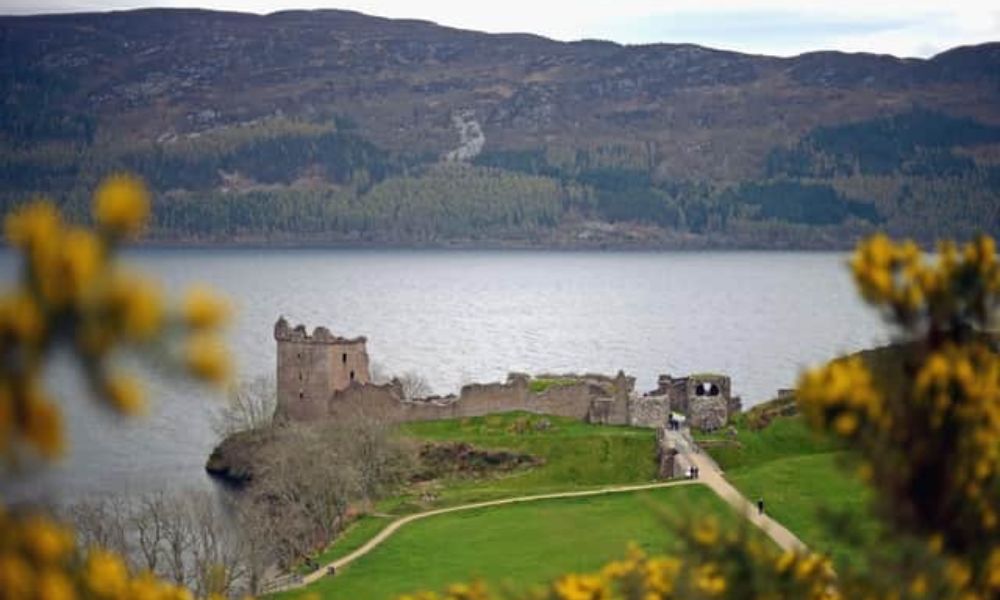
The Gatehouse Ruins are among the earliest areas of Urquhart to be explored. Its most crucial line of defense guarding the main entrance used to be this enormous building.
The rough ditch that a bridge currently bridges would have to be crossed by anyone attempting to attack the Loch Ness Castle. If they made it this far, invaders would also have to deal with rocks and other weapons being dropped through the wooden ceiling onto their head.
It is simple to comprehend how difficult it was to both capture and defend this castle after viewing the Gatehouse. In the end, an explosion during the Jacobite Rising in 1692 would blow it apart.
SEALINK
The water would connect Urquhart to the outside world in the days before there were many roads. Despite being a freshwater lake, Loch Ness is connected to the North Sea, many other Lochs, and rivers.
A little water gate can be seen at the base of the ancient stronghold. Fruits and wine in particular would be imported from all across Europe to this location. Additionally, it was a weaker location that boats passing by could assault.
CASTLE GRANT TOWER AT URQUHART
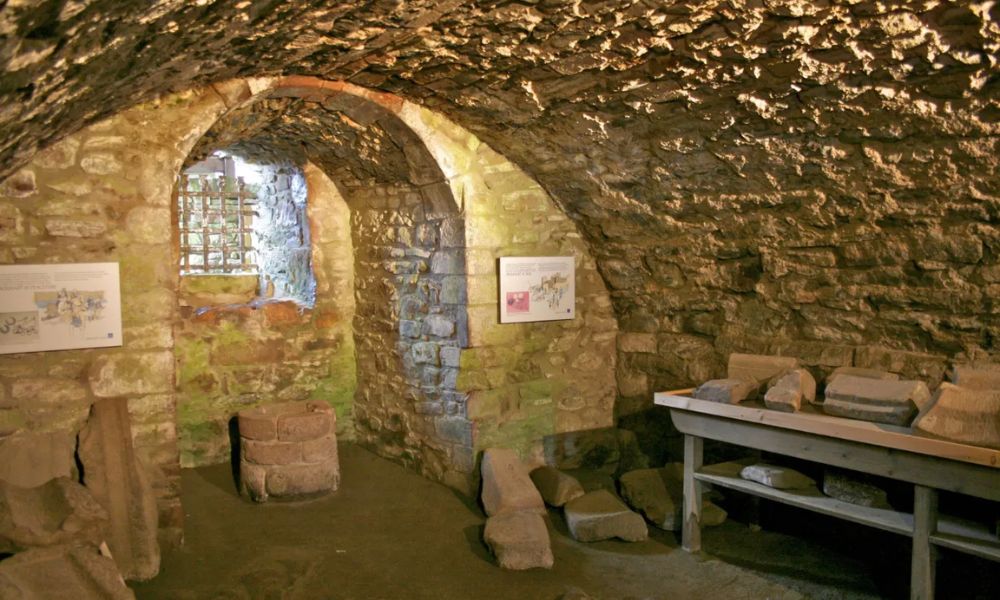
The most striking and intact building at Scotland's Urquhart Castle is the Grant Tower. John Grant of Freuchie is honored by the 40-foot-tall stone tower, which was constructed in the 16th century following his transfer of castle possession. King James IV gave Grant this sizable estate as payment for his assistance in opposing the MacDonald Clan.
The five-story home had a first floor for entertaining visitors, a basement for storing supplies, and a second floor with bedrooms. Make sure to ascend the spiral staircase to the summit for a breathtaking perspective of Urquhart Bay and Loch Ness.

THE RAID OF 1545
Speaking of the MacDonald Clan, they would relentlessly assault Urquhart Castle starting in 1451, taking control of it on several occasions. One of the biggest Scottish clans at the period, the Macdonalds were referred to as the Lords of the Isles.
In 1545, they carried out their most audacious raid, stealing everything from the land and dumping it down the Great Glen. We really do mean it when we claim that they took everything!
This covered the food, beds, cooking utensils, tables, cattle, and even the doors. The following is a brief summary of their looting, undoubtedly one of the most fascinating facts about Urquhart Castle.
GREAT HALL OF URQUHART CASTLE
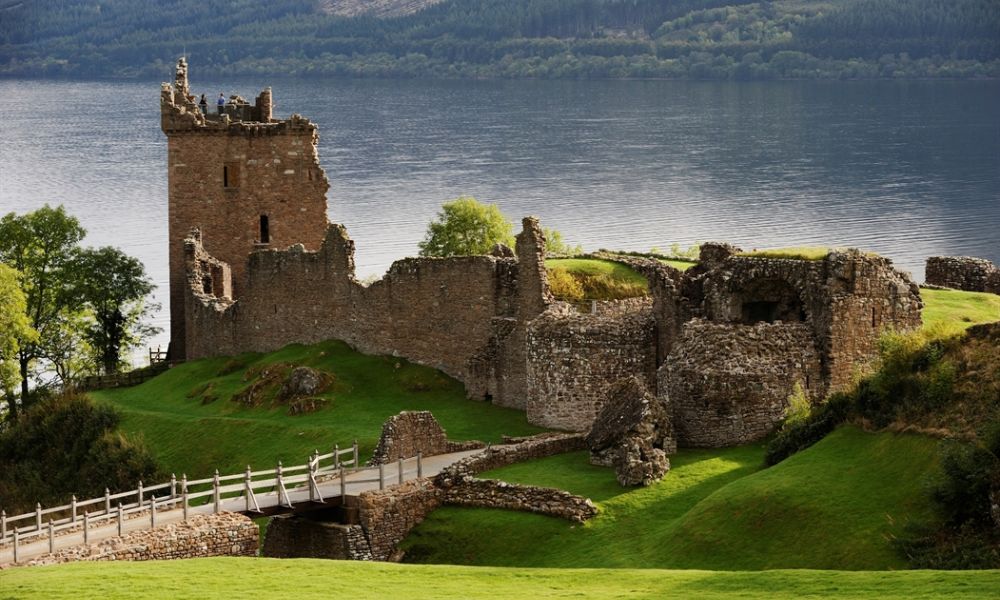
We would have loved to see this area of the Urquhart Castle in the past! Guests from all over the Scottish Highlands were entertained in the Great Hall.
Large feasts complete with dancing, food, music, and copious amounts of alcohol were held here. In the 1300s, it served as a venue for showcasing the Lord's enormous wealth and as a dining area for influential bishops and earls.
This is not to argue that life on the banks of Loch Ness was easy during these times. They did, however, still make time for sports, poetry, and music. There were lots of board games like chess, harp and bagpipe music, and even John Grant was regarded as a well-known poet in his day.
THE DOOCOT
The Doocot was among the most interesting features of the Loch Ness Castle. In its entirety, it was a pigeon house on the grounds designed like a beehive.
For their meat and eggs throughout the chilly winter months, pigeons were vital. This further illustrates the terrible circumstances that the residents of Urquhart Castle had to live through.
TREBUCHET CASTLE URQUHART
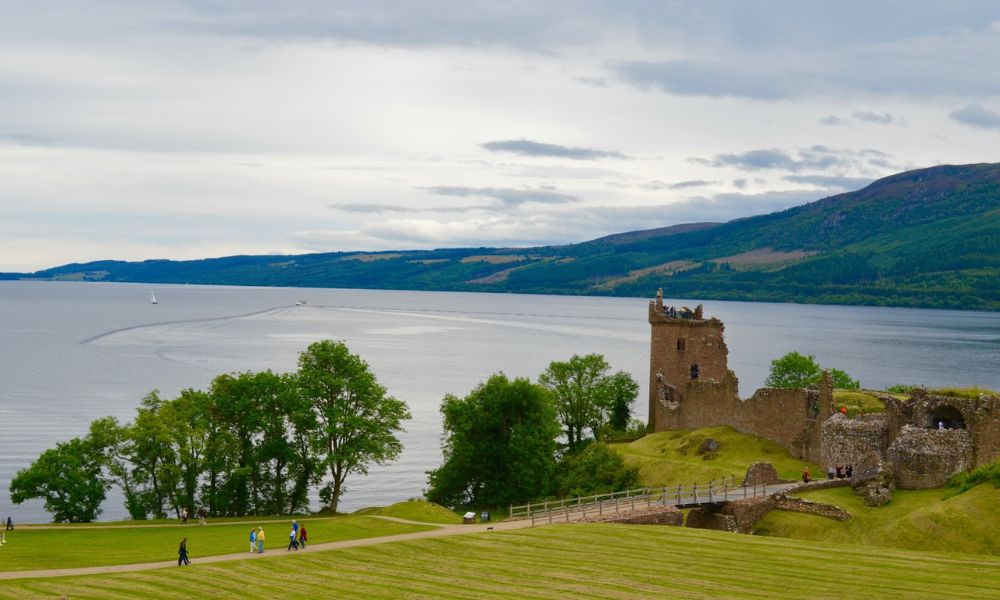
Before you approach the castle, you will encounter this incredible piece of weapons on your trip down from the visitor center. A full-sized trebuchet model stands facing the citadel, illustrating how hard an attack would have been.
The enormous weapons were used to smash through the walls of castles such as Urquhart, hurling large stones hundreds of feet into the air. English Kings were rumored to use them frequently during the Wars of Independence, yet there is no concrete proof of their use here.
JACOBITE REBELLION
So how did the Scottish castle Urquhart end up in the ruins that you see today? From the Dunnottar Castle on the Northeast Coast to the Western Highlands, the Jacobite Rising was felt throughout all of Scotland.
In essence, it was an effort to put the Stuart family back on the British throne. The Jacobites maintained that King James VII was chosen by God and expressed their ire at the monarch's overthrow in 1688. The rebellion's timeframe is intricate, including numerous parties who were all engaged in conflict for their own objectives.
The Jacobites enjoyed great popularity in the Highlands, and in the latter part of the 17th century Urquhart Castle developed into a stronghold for them. But in the end, this resulted in the fortress's collapse. In 1692, as the royal troops advanced from the fortress, they made the decision to detonate it.

